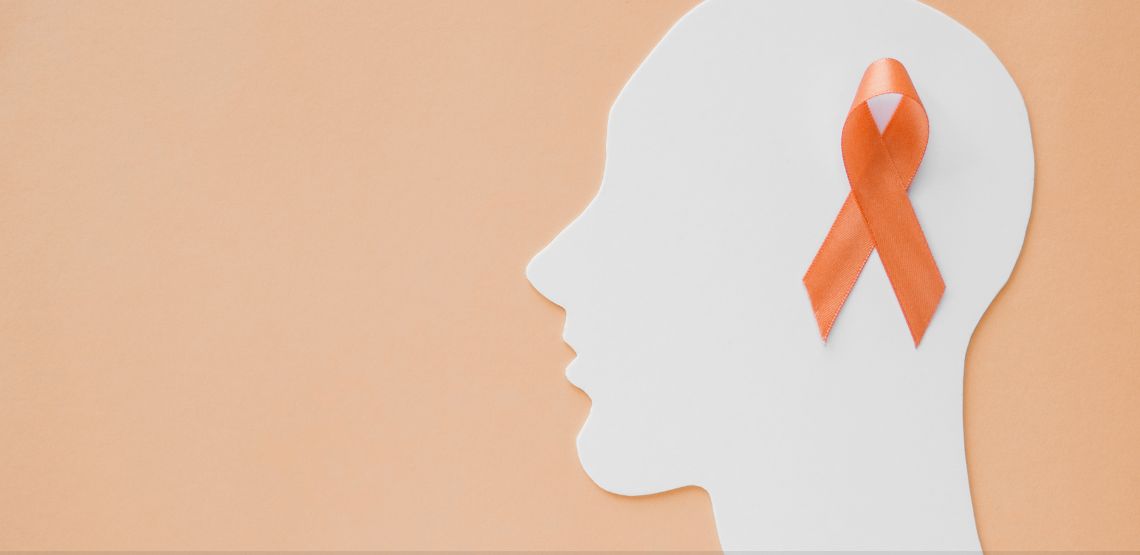ADHD Treatment Options
ADHD, or attention deficit hyperactivity disorder, can make it hard to focus, sit still or control impulses. To help, there's Quillivant XR, an extended-release liquid medication prescribed to treat ADHD.
1. Quillivant XR
Quillivant XR contains methylphenidate, a stimulant that helps improve focus and reduce impulsive behavior. It works by balancing certain chemicals in the brain that affect attention and self-control.
This medication is taken once a day, usually in the morning. Because it’s in liquid form, it’s easy to adjust the dose to meet individual needs. Quillivant XR starts working quickly, and its effects last throughout the day.
2. Behavioral Therapy
Behavioral therapy teaches skills to manage ADHD symptoms. This therapy is particularly useful for children, but adults can benefit too. It often includes:
- Setting clear rules and goals
- Learning to stay organized
- Practicing ways to handle frustration
Parents and teachers can also get involved by creating structured routines and offering positive reinforcement for good behavior.
3. Stimulant Medications
Stimulant medications like Adderall and Ritalin are widely used to treat ADHD. These drugs work by increasing the levels of dopamine and norepinephrine in the brain, which help with focus and attention.
Stimulants are fast-acting and often show results within hours. They are available in short-acting and long-acting forms, giving people options based on their daily needs. However, some people may experience side effects like trouble sleeping or loss of appetite.
4. Non-Stimulant Medications
Not everyone can take stimulant medications. For these individuals, non-stimulant options like Strattera or Intuniv are available. These medications work more slowly than stimulants but can still help improve focus and control impulsive behavior. Non-stimulants are often chosen for people with a history of substance abuse or certain medical conditions.
5. Cognitive Behavioral Therapy (CBT)
CBT is a type of talk therapy that helps people with ADHD manage their thoughts and emotions. It’s especially helpful for adults who struggle with procrastination, low self-esteem or emotional regulation. CBT teaches techniques to:
- Break tasks into smaller steps.
- Develop better time-management skills.
- Replace negative thoughts with positive ones.
6. Dietary Changes and Supplements
For some people, diet can play a role in managing ADHD symptoms. While no specific diet cures ADHD, a healthy diet can support brain health. Some tips include:
- Eating whole foods like fruits, vegetables and lean proteins.
- Avoiding sugary snacks and processed foods.
- Considering omega-3 supplements, which may improve focus.
7. Exercise
Exercise is a natural way to help manage ADHD symptoms. Physical activity increases dopamine and serotonin levels in the brain, improving mood and focus. Activities like running, swimming or even yoga can help release extra energy and improve concentration.
8. Parent Training
For children with ADHD, parent training programs can be very effective. These programs teach parents how to manage challenging behaviors, create routines and support their child’s development. Learning how to stay calm and provide consistent discipline can make a big difference for the whole family.
Finding the Right Treatment
Every person with ADHD is different, so it’s important to find a treatment plan that works for the individual. A doctor may recommend one or more of the options listed above, depending on the person’s symptoms, age and overall health.
By combining medication, therapy and lifestyle changes, ADHD can be managed effectively. If you or someone you know is struggling with ADHD, talk to a healthcare professional to explore the best treatment options.


